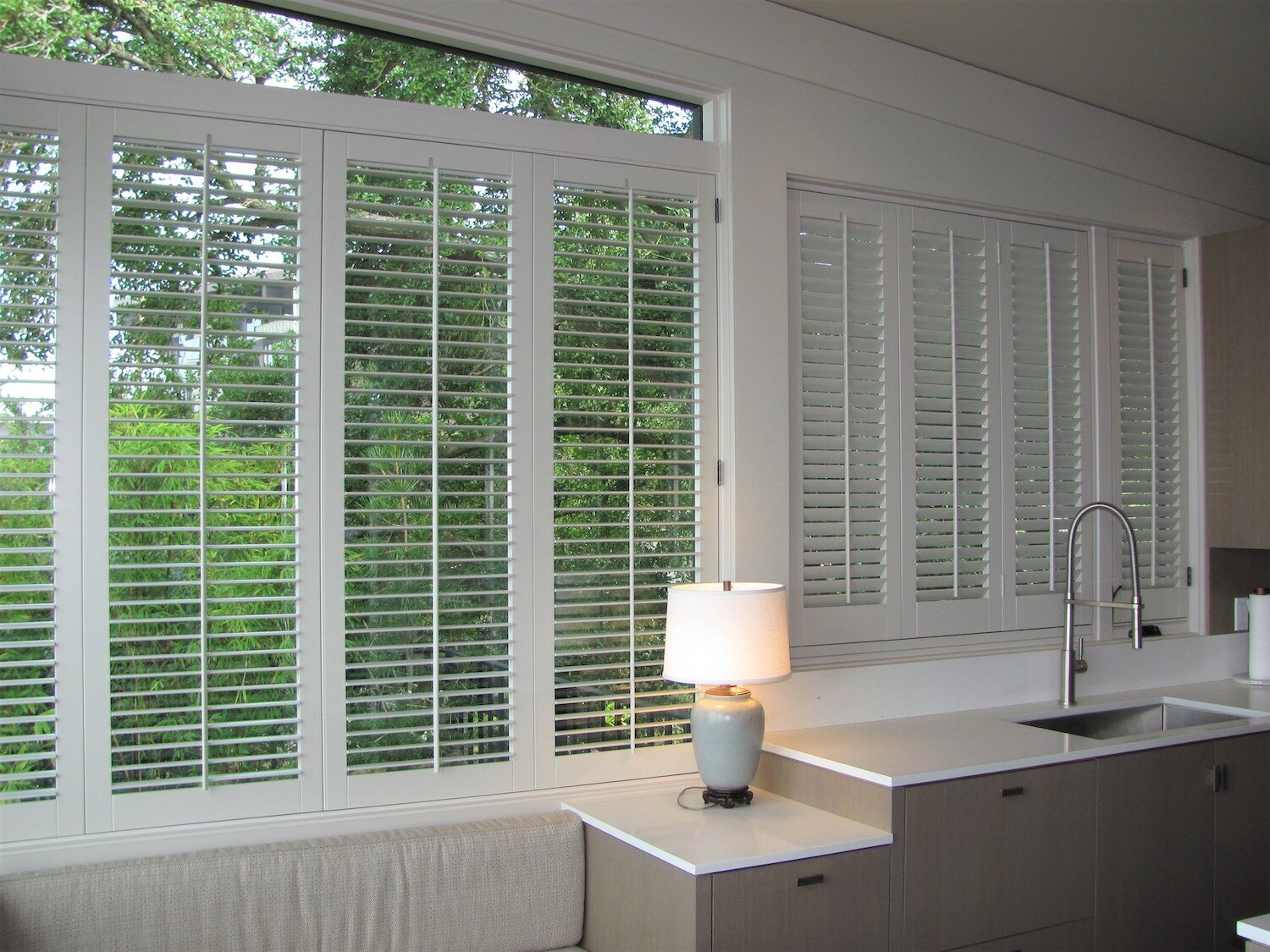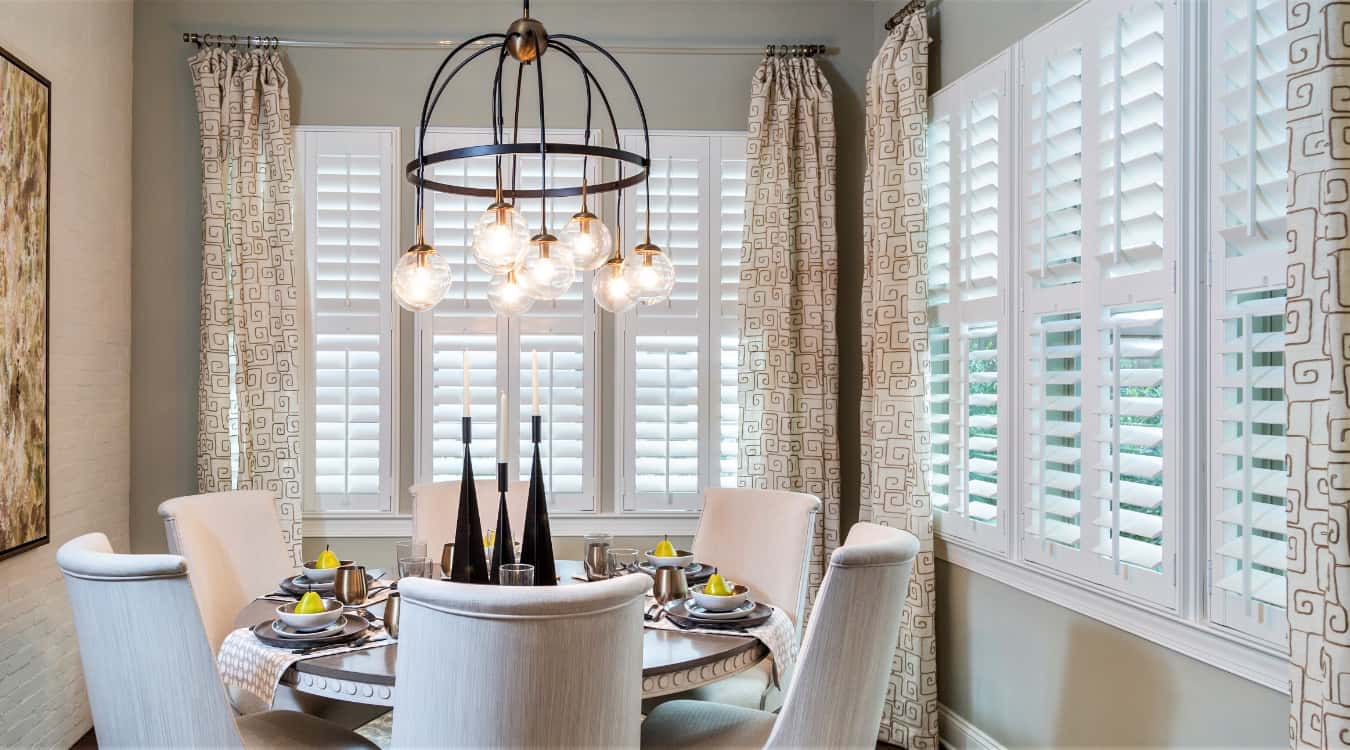Upgrade with Shutters Phoenix: Sturdy and Stylish Layouts
Upgrade with Shutters Phoenix: Sturdy and Stylish Layouts
Blog Article
What to Think about When Picking In Between Blinds and Shutters for Your Windows: A Comprehensive Evaluation of Each Alternative's Benefits
Choosing the right window therapy is a choice that transcends mere visual appeals; it incorporates functionality, maintenance, and lasting investment. Blinds provide a cost-effective and versatile solution, while shutters use unequaled resilience and design.
Secret Differences Between Blinds and Shutters
Frequently, homeowners find themselves pondering between shutters and blinds when selecting window therapies. Understanding the vital distinctions in between these 2 alternatives can dramatically influence their decision-making procedure.
Blinds are usually made from materials such as timber, artificial timber, light weight aluminum, or plastic. They contain horizontal or vertical slats that can be gotten used to manage light and privacy. The adaptability of blinds enables for a broad range of designs, shades, and sizes, making them ideal for various space looks. Blinds are typically extra cost-efficient, appealing to budget-conscious home owners.
On the other hand, shutters are strong window treatments that can be custom-fitted to the home window structure. They are frequently constructed from long lasting products like wood or composite, offering a much more permanent and durable solution. Shutters provide much better insulation and can boost the general energy effectiveness of a home. In addition, they often require even more maintenance and financial investment contrasted to blinds due to their building and construction and installment complexity.

Advantages of Blinds
Blinds provide a sensible and versatile option for house owners seeking effective home window treatments. One of the primary benefits of blinds is their adaptability to various designs and choices. Available in countless products such as timber, faux timber, light weight aluminum, and fabric, they can match any kind of indoor style plan. In addition, their wide variety of structures and shades permits customization to match existing decoration.
An additional considerable advantage of blinds is their simplicity of procedure. Many contemporary blinds included user-friendly devices, consisting of mechanized systems and cordless alternatives, making them available for every ages. This convenience is boosted by their ability to offer exact light control, allowing home owners to quickly adjust the degree of sunlight entering a space.
Blinds additionally supply excellent privacy choices, as they can be fully opened up, partly slanted, or completely shut, depending on the preferred degree of seclusion. Moreover, they are normally extra cost-effective than shutters, supplying a budget-friendly solution without sacrificing style or performance. Last but not least, upkeep is uncomplicated, as the majority of blinds can be cleansed with a basic wipe-down, making certain that they continue to be an eye-catching attribute in any home for many years to find.
Benefits of Shutters
Shutters provide an unique set of benefits that make them an enticing option for house owners seeking elegant and resilient home window therapies. find out here Among the main advantages of shutters is their extraordinary resilience - blinds phoenix. Built from durable materials such as wood, plastic, or composite, they are created to withstand the test of time and withstand damage from UV rays, moisture, and temperature level fluctuations

Shutters likewise supply enhanced personal privacy and light control. House owners can conveniently change the slats to attain the desired level of illumination while maintaining personal privacy from the exterior. Unlike blinds, which might sag or bend in time, shutters maintain their shape and functionality.
Additionally, shutters can enhance the value of a building (shutters phoenix). Their timeless aesthetic and resilience interest prospective buyers, making them a worthwhile investment. In summary, the durability, power performance, personal privacy control, and possibility for increased property value make shutters a compelling choice for home window therapies
Visual Considerations
When picking window therapies, aesthetic considerations play an essential duty in boosting the total style and ambiance of a room. Both blinds and shutters supply unique aesthetic attributes that can complement numerous indoor designs, from modern to conventional.
Blinds usually give a streamlined, minimal appearance, conveniently offered in a series of colors and materials. This adaptability allows property owners to work with blinds with existing decor, creating a unified appearance. Their vertical or horizontal slats can include a modern edge, making them suitable for city settings.
In comparison, shutters radiate a traditional style that boosts rustic and typical insides. Their strong structure and adjustable her response coatings, such as wood stains or repainted choices, stimulate a feeling of timelessness. Shutters can function as a statement piece, drawing focus to the window while offering an upscale visual.
Ultimately, the selection between shutters and blinds must reflect not only personal style however also the preferred environment of the room. By carefully considering how each option lines up with the overall design vision, property owners can effectively boost their area's aesthetic allure, making certain an unified and inviting setting.
Expense and Upkeep Aspects
Cost and upkeep are vital aspects to think about when picking between blinds and shutters for home window therapies. Blinds are generally extra affordable, with a wide range of alternatives offered at different price points.
On the other hand, shutters tend to bring a higher preliminary price as a result of their customized production and durable building. This investment might produce long-lasting financial savings, as shutters are often much more long lasting and call for much less constant replacement. They additionally provide premium insulation, possibly reducing power expenses gradually.
Maintenance plays a substantial role in the overall cost of home window therapies. Blinds normally require normal cleaning and periodic cleaning, while shutters can be wiped down with a wet fabric for cleaning, making them less complicated to preserve. Additionally, shutters are less prone to damage from UV rays and moisture, adding to their longevity. Inevitably, the selection in between shutters and blinds need to balance both initial investment and continuous upkeep requires to ensure a sufficient return on investment.
Final Thought

Blinds provide a economical and versatile solution, while shutters use exceptional toughness and style.Expense and upkeep are vital elements to consider when selecting between blinds and shutters for window therapies. Blinds typically require regular cleaning and periodic cleaning, while shutters can be cleaned down with a wet fabric for cleaning, making them simpler to preserve. my sources Eventually, the choice between shutters and blinds must balance both preliminary financial investment and recurring upkeep needs to make certain a satisfying return on financial investment.
In recap, the choice in between blinds and shutters pivots on various aspects, including material structure, layout flexibility, and cost.
Report this page